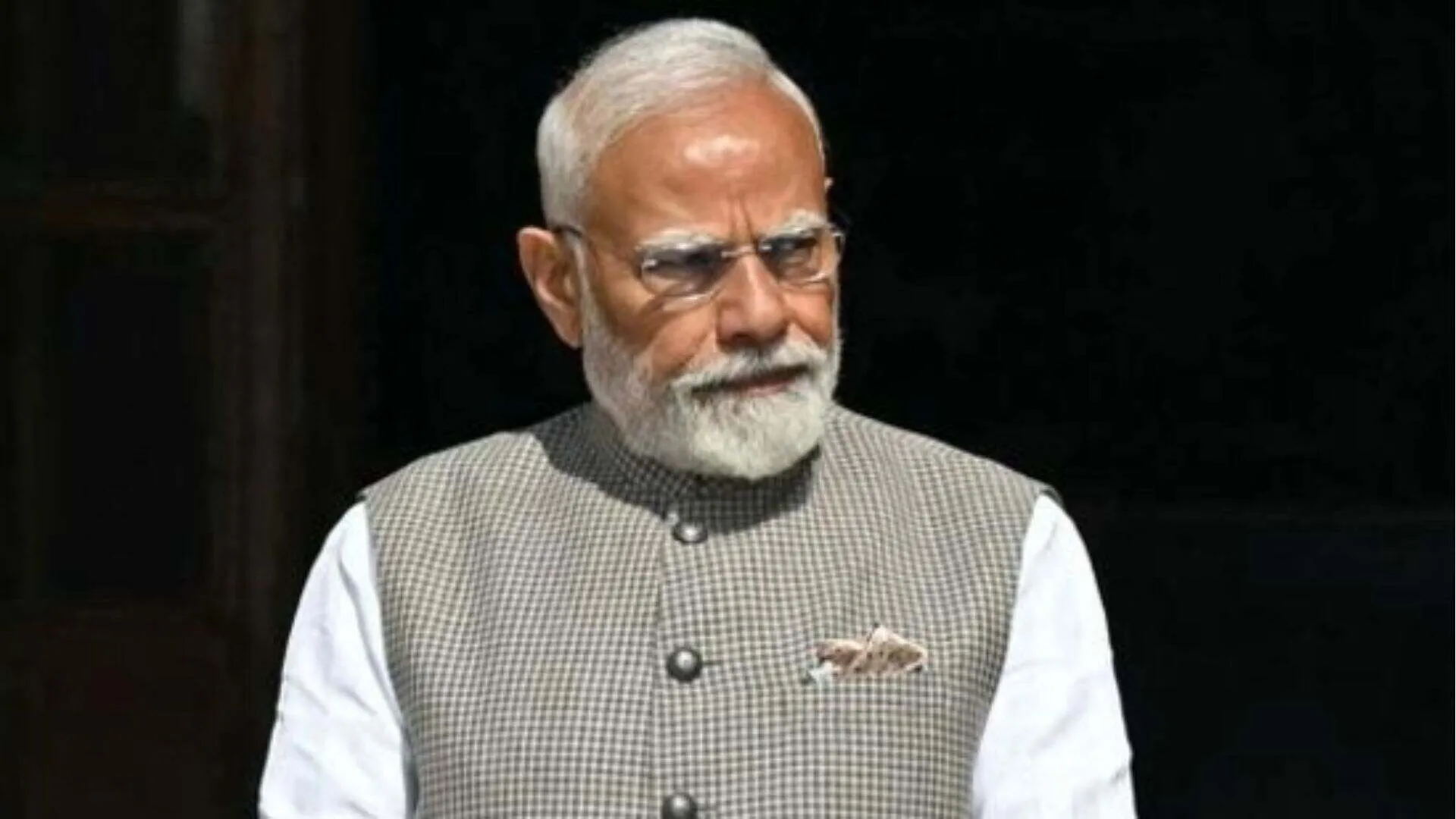Donald Trump claimed victory over all seven swing states during his maiden victory speech in Florida on Tuesday. His victories in these states proved crucial in ensuring his return to the White House.
What are swing states?
These are states where either a Democratic or Republican candidate could win in a statewide election. Since these states do not traditionally favour the “blue” Democrats or “red” Republicans, they are known as “purple” states. With just one-fifth of America’s population, these states ultimately decide the next US president.
Seven such states in this year’s election are – Pennsylvania (19), Nevada (6), North Carolina (16), Georgia (16), Arizona (11), Michigan (15) and Wisconsin (10).
According to the Associated Press, President Trump won Pennsylvania, North Carolina, and Georgia, with leads in Nevada, Arizona, Wisconsin and Michigan. With the last few rounds of voting currently underway, Trump is expected to consolidate his leads and ensure a victory.
How swing states voted?
Pennsylvania: Trump wrested back this crucial state from the Democrats this year, securing 50.9% of the popular vote and, thus, all 19 electoral college votes. Polls remained a close fight, with Kamala Harris securing 48.2% of the votes. The state was won by Democratic president Barack Obama in 2012.
Pennsylvania’s electorate is a mix of urban, suburban, and rural voters with diverse political views. Winning back Pennsylvania proved critical for Joe Biden in 2020 to win the US presidency.
North Carolina: The southeastern state also saw a tough fight between President Trump and Kamala Harris. The Republican won 51.1% of the popular vote to win the 16 electoral college votes. Harris trailed behind with 47.7% votes. The state has seen an influx of young professionals in the tech and finance sectors, leading to a more diverse population.
Georgia: In this traditional Republican stronghold, Trump managed to wrest back this state from the Democrats by securing 50.8% of the votes. Harris trailed behind with 48.5% of the votes. The state is known for its well-developed and diversified demographics, with a significant increase in minorities and younger voters.
Nevada: Trump turned this state “red,” taking it away from the Democrats’ decade-old domination. He leads this western US state by securing 51.5% votes compared to Harris’s 46.8%. Nevada’s voters supported Democrats Obama and Clinton before the current US President, Joe Biden.
This western US state has a large Hispanic population, a growing Asian American community, and a strong presence from labour unions. These groups often lean towards the Democrats but are reportedly politically diverse.
Arizona: Trump leads from the immigrant crisis-ridden Mexico border state with 50.9% votes. Harris trails behind at 48.3% as the Democrats lost around 1% votes in this year’s election. After solidly supporting Republican candidates from 2000 to 2016, the state flipped to Biden in 2020 by a narrow margin of just 0.3% votes.
Wisconsin: Trump leads from this “rust belt” state by securing 51% of the popular vote. Harris trails behind after securing 47.6% vote. Wisconsin flipped to Trump in 2016 and then to Biden in 2020, with razor-thin margins in both elections. Trump’s promise to bring manufacturing jobs to the US resonated with the state hit by industrial decay in recent decades.
Michigan: Trump currently leads from this traditional Democratic stronghold with 51.1% votes. Harris trails by securing 47.2% votes. Once part of the Democratic “blue wall,” Michigan flipped to Trump in 2016, only to revert to Biden in 2020. This “rust belt” state is also hit by manufacturing job losses and liberalised global trade policies.
More on the topic
Voter Turnout: The 2024 election witnessed a record voter turnout, with over 160 million Americans casting their ballots, reflecting the heightened political engagement across the nation.
Demographic Shifts: Notably, there was a significant increase in voter participation among younger demographics and minority communities, indicating a shift in the political landscape and priorities of the electorate.
Economic Concerns: Exit polls indicated that the economy was a primary concern for voters, influencing their choice at the polls.
International Reactions: Global markets responded to the election results with increased volatility, underscoring the international implications of the U.S. presidential election.
Also read: India is pushing for $1 trillion climate finance deal at COP29
These factors contribute to a comprehensive understanding of the 2024 U.S. presidential election and its broader impact.










